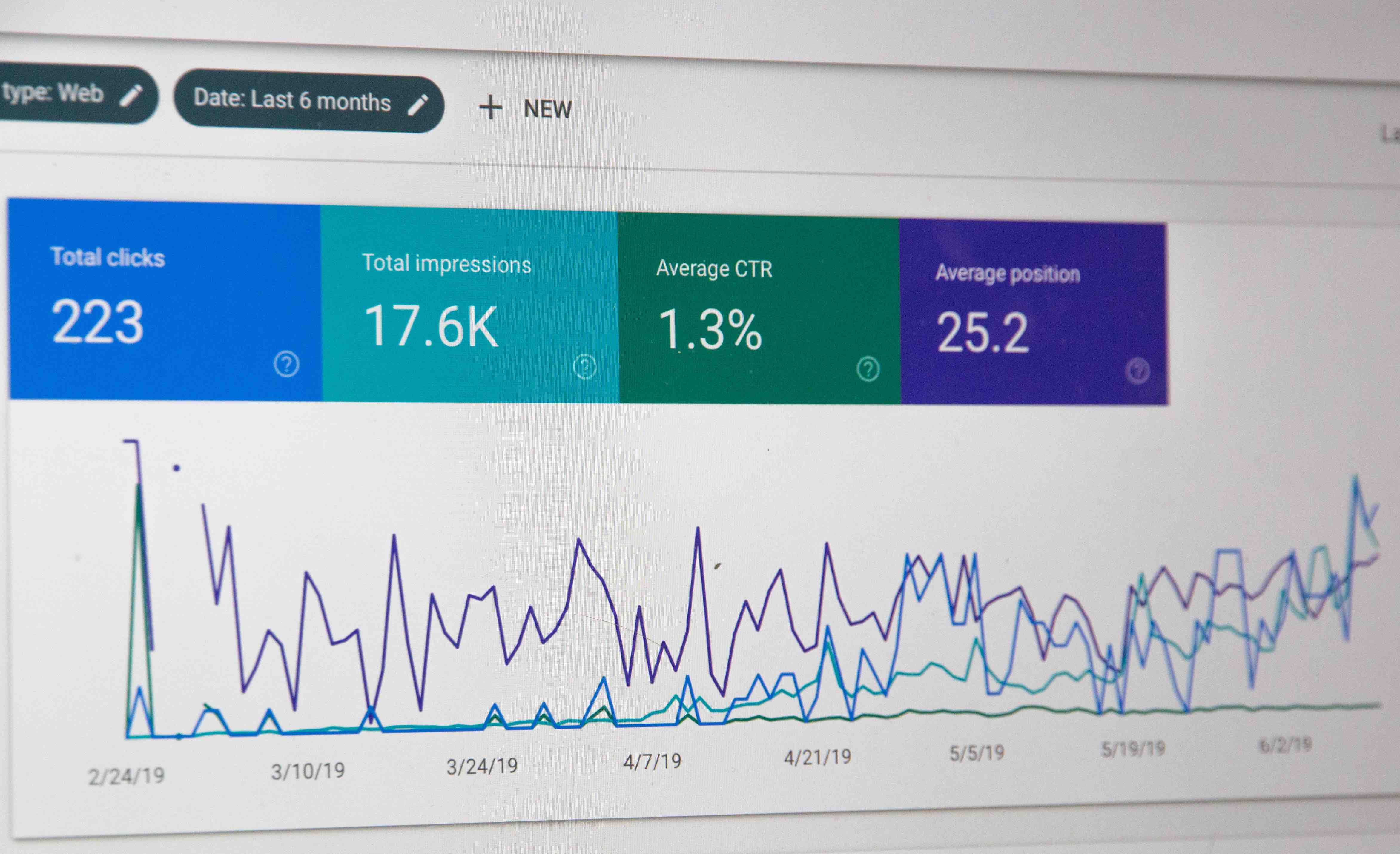3 Tips for B2B Marketers during Covid-19
COVID-19 has certainly taken its toll on the global economy and though we’ve covered How Digital Marketing Can Help Your Company during these times, unfortunately, we’re not out of the woods yet. A second wave is likely at our doorstep and we want to help you as best as we can prepare for it. In this post, we’ll be looking at three keys areas to dive into and understand to better your B2B positioning during these unprecedented times.
1. Channel Audit
How are people finding your content, your website, and your business? Most businesses have several channels that direct traffic to their site:
- Organic search
- Paid search
- Direct
- Social Media
- Referral
- Affiliate
- Outbound Sales
- Inbound Sales
It’s always good to know how all of the channels that are relevant to your business are performing, but especially now, as companies tighten their belts, ad spend is trending down, and different platforms are outperforming their competitors, it’s imperative to know what is and isn’t working right now. Your AdSense campaigns might be underperforming, while Instagram and Facebook – because of an uptick in social media consumption – are performing great. Now might be the time to divest some of your budgets from paid searches into social media influencer campaigns. The key is to get creative – find ways to capitalize on what’s working and move out of what isn’t working. This doesn’t mean completely exiting one channel, but while budgets are tightening, find ways to invest more time and capital in what’s working now.
2. Content Analysis (Dig Into The Micros)
This will be the last time I suggest looking into previous work and executing audits (in this post anyway). It may seem monotonous, but if you’re small and nimble, this may be something that’s easily overlooked.
As mentioned in Tip 1, find the channels that you’re performing well in and then dive into the micros of each of those channels. Your company excels at something, it differentiates somehow and if you’re not sure exactly what that is – your audience can tell you. Look at what is working in your content – what is generating more reposts, replies, and engagement and focus on that.
If it’s YouTube, look at your views per video, keywords, and thumbnails, and analyze trends there. What is the optimal video length for YOUR content? Are the trends in your upload schedule that lead to high performing videos? The most successful channels continuously do things that make them easily identifiable. For example, our own YouTube channel (with plenty of B2B marketing tips and tactics) has an easily identifiable thumbnail and style.

Photo by Stephen Phillips – Hostreviews.co
If it’s Instagram look for clues in your captions, keywords, and the style and layout of your posts. Are they Stories? Carousel posts? IG TV? Black and white? Filtered? Who’s finding you and from where?
Go over all your channels and drill down on the content that is working. Take note of the minutiae and replicate it. Humans are creatures of habit and big tech companies LOVE to gather data. Make the most of those qualities and use them to inform your content strategy. If you’re looking for more in-depth content audit how-to’s check out the Four Key Analytics Reports to Use for a Content Audit
Now, while it’s important to be replicating what is working there is a not so small caveat…
3. Address Changes and Create Connection
While you should be doubling down on the things that are working for you, you also need to remember that ultimately, your business relationships, your pipeline and ultimately your success depend on your relatability.
Don’t shy away from talking about the pandemic, it’s effects on business, and how you’re pivoting to survive it. The one thing you can take solace from throughout all of this is we’re all in it together (except Bezos and Musk – we’ve heard they frequent Mars on weekends). The fact is, the same discussions you’re having in your townhalls and weekly’s are the same conversations your B2B prospects and clients are having.
You’re changing course and adjusting to the markets? We can relate, so are we! In fact, this is how we’re changing our Outbound strategy … anything your team can resonate with? We’ve also identified a gap where we’re confident we can accelerate {enter alleviation of common painpoint} with some creative new tactics and we’re seeing great traction.
But it doesn’t have to stop at your prospecting, reaching out and pitching to customers. These unprecedented times allow you to create connections with your customers in other ways too – and building long term business relationships is paramount always. How is your team adjusting to working from home? Are they able to sign off after their 8 hours? Are they looking at ergonomic chairs online to outfit their new home desk? There are plenty of touchpoints that come from the pains of acclimatizing to the new normal and having casual conversations around these changes might lead to something prosperous down the line.
Conclusion
These three areas have always garnered care and attention, but during these unprecedented times, it will serve your team to dive deeper and get frequent updates on what is working, and where you can focus your attention/budget to better serve your existing B2B clients as well as new prospects. Lastly, the pandemic – if at the very least – is relatable to so many people, so bank on the knowledge that there is something relatable to chat about with new and existing clients, and tailor your content and reach-outs accordingly.
Image credit: Photo by Campaign Creators on Unsplash


